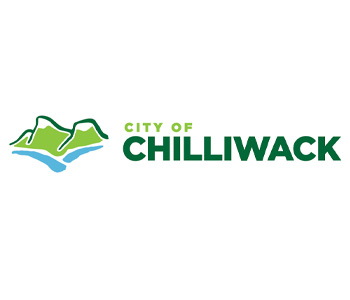Although the Pacific Great Blue Heron is commonly seen in parts of B.C., the productivity of the subspecies is decreasing. Much of their range along the coast and the southern interior is affected by significant urbanization, draining and infilling of wetlands, foreshore development, logging, and removal of riparian forests. These human disturbances pose some of the largest threats to the heron population, causing the loss of quiet wooded areas which are preferred nesting sites, and reducing the subspecies' ability to reproduce successfully.
The presence of humans as close as 200 meters from a colony can cause the birds to abandon the site. In some circumstances, however, the herons may become used to people. Herons have been nesting in Vancouver’s busy Stanley Park for over 75 years.
Known natural disturbances include increased predation by the recovering bald eagle population, which may result in low breeding success and abandonment of some nesting colony sites.









